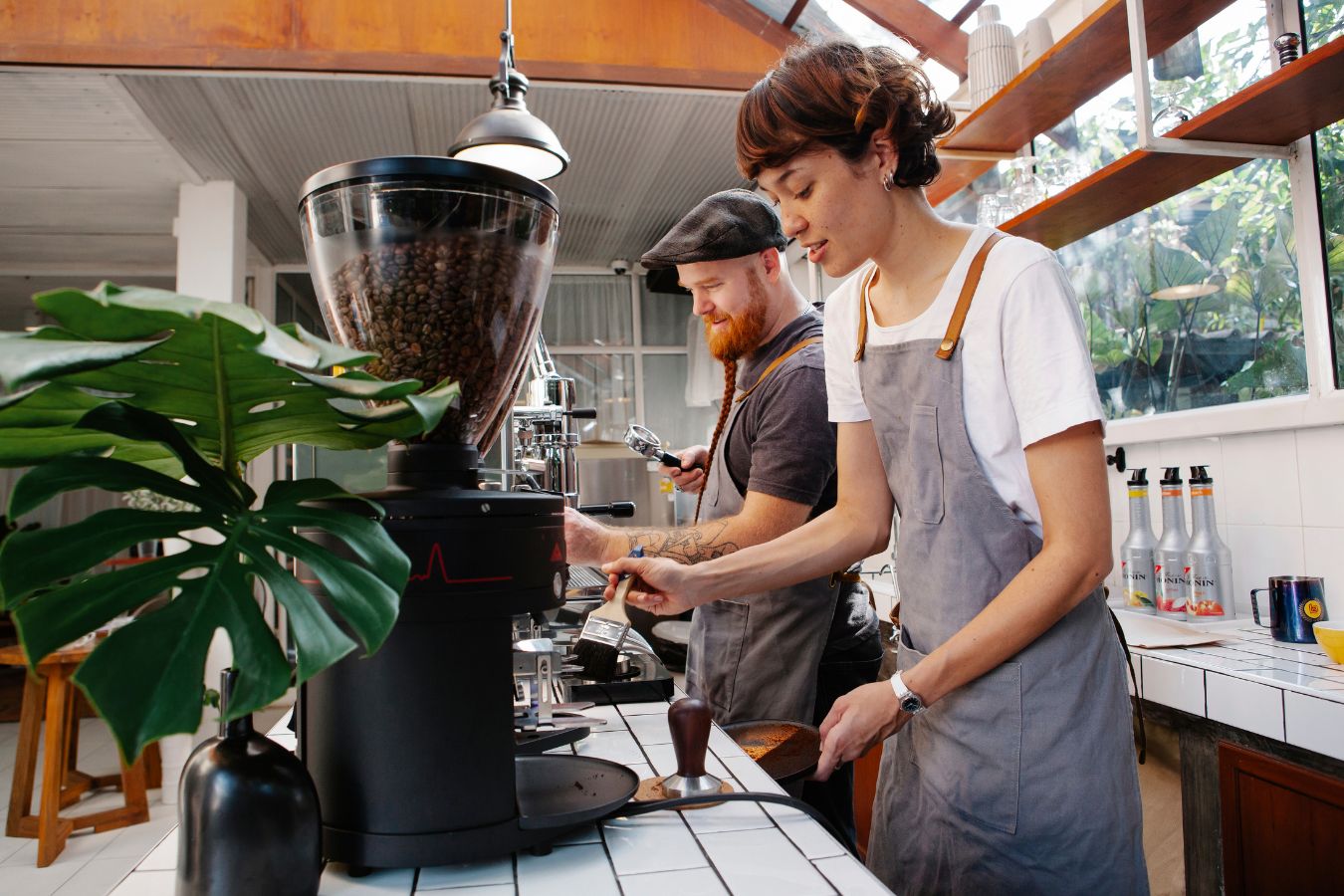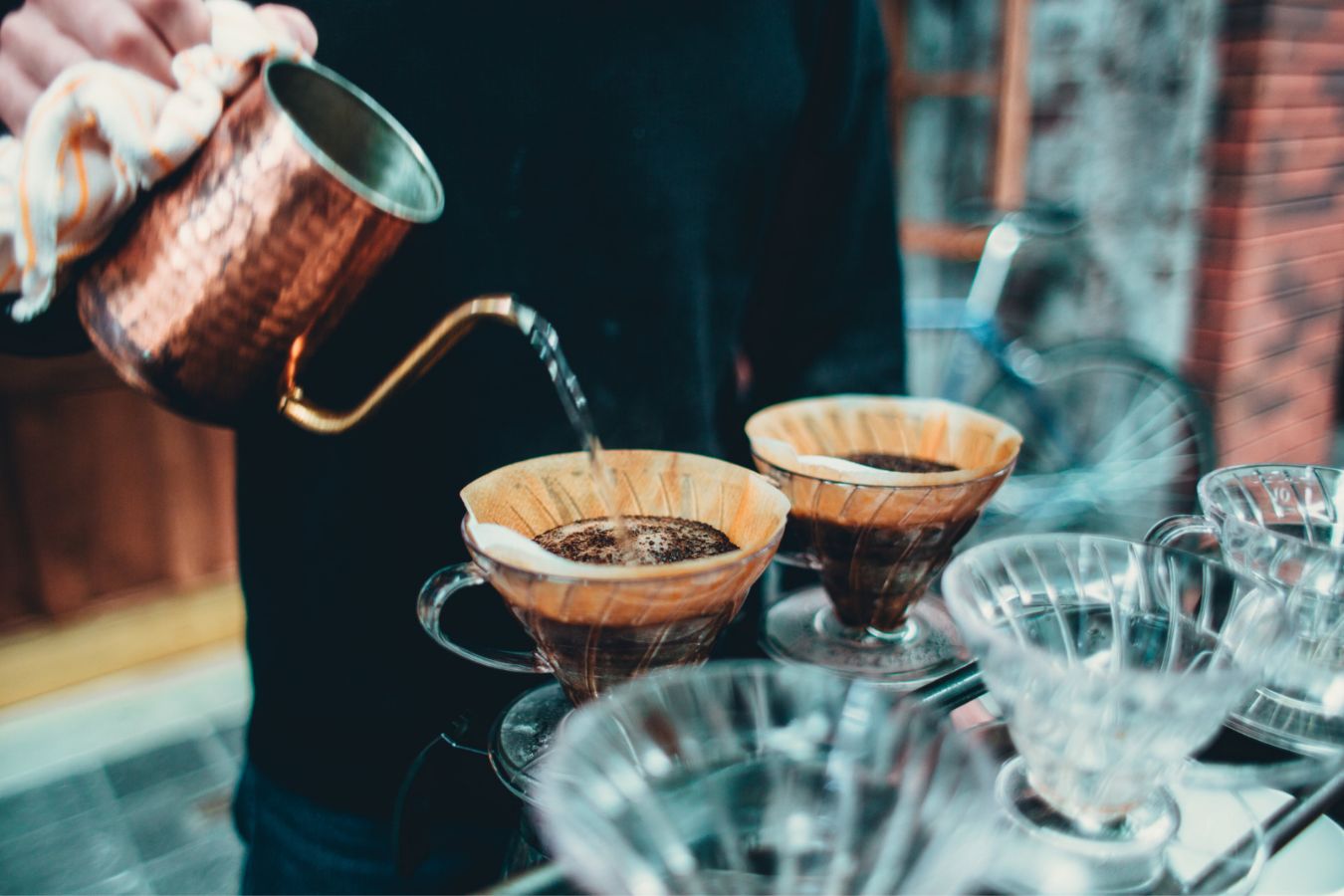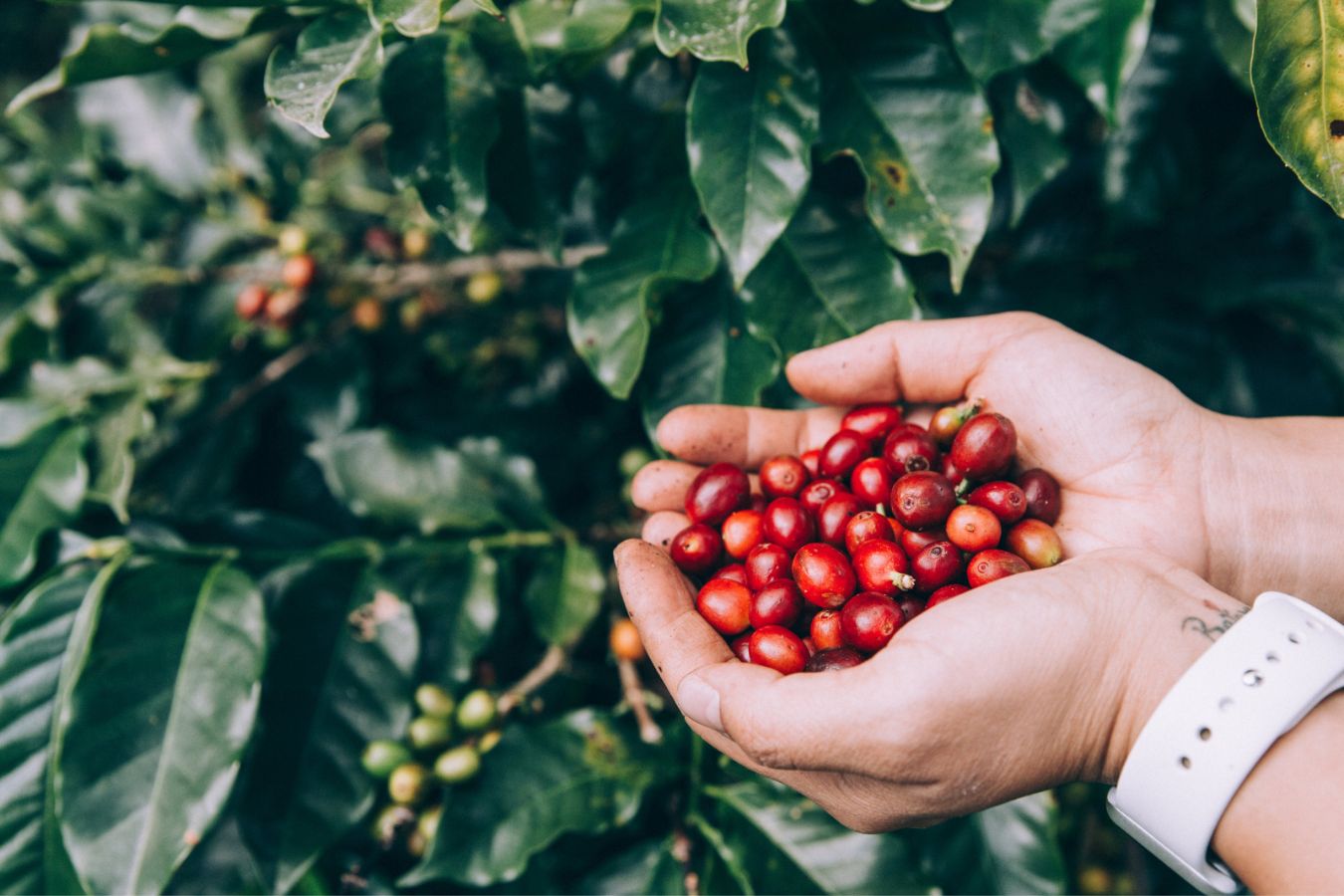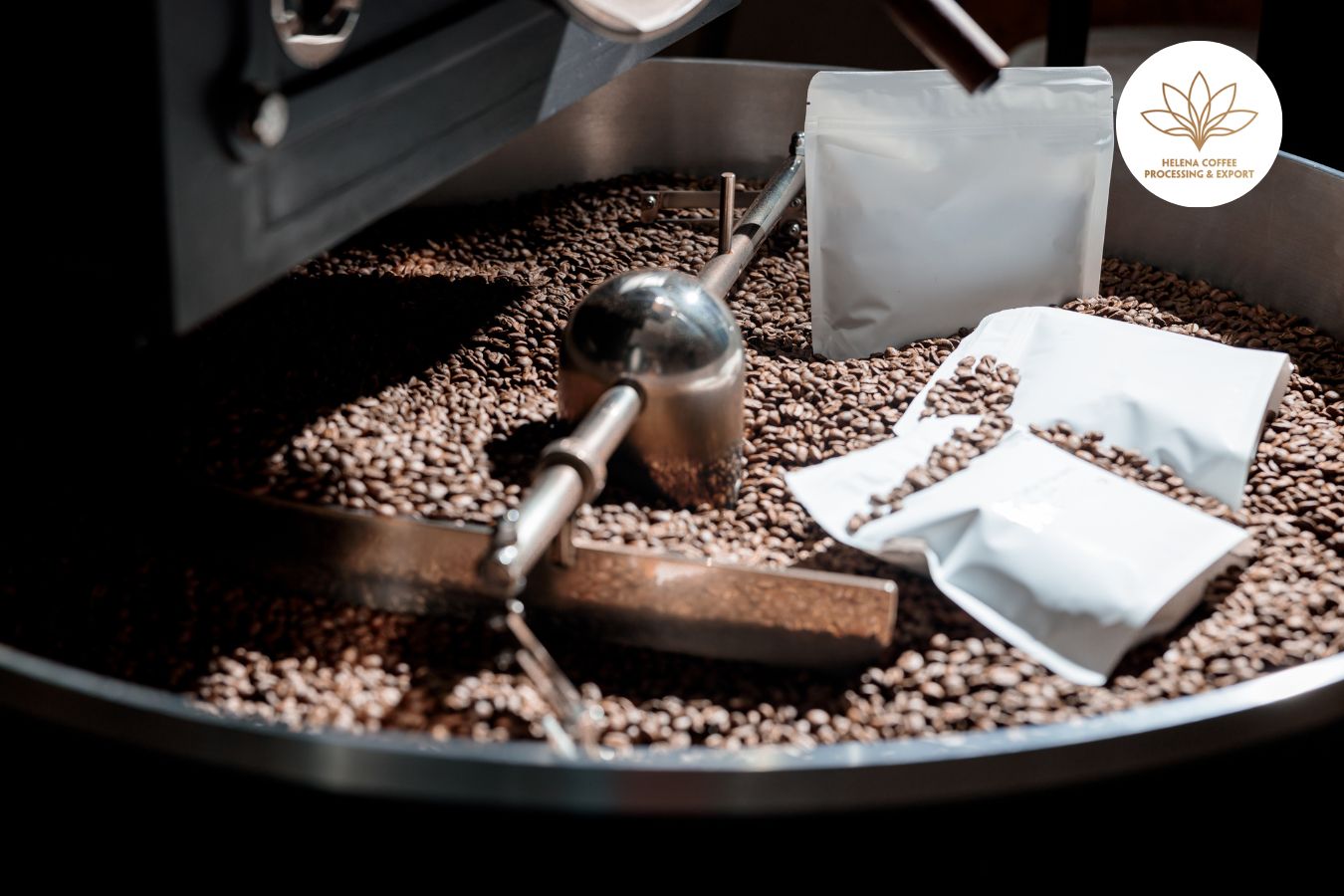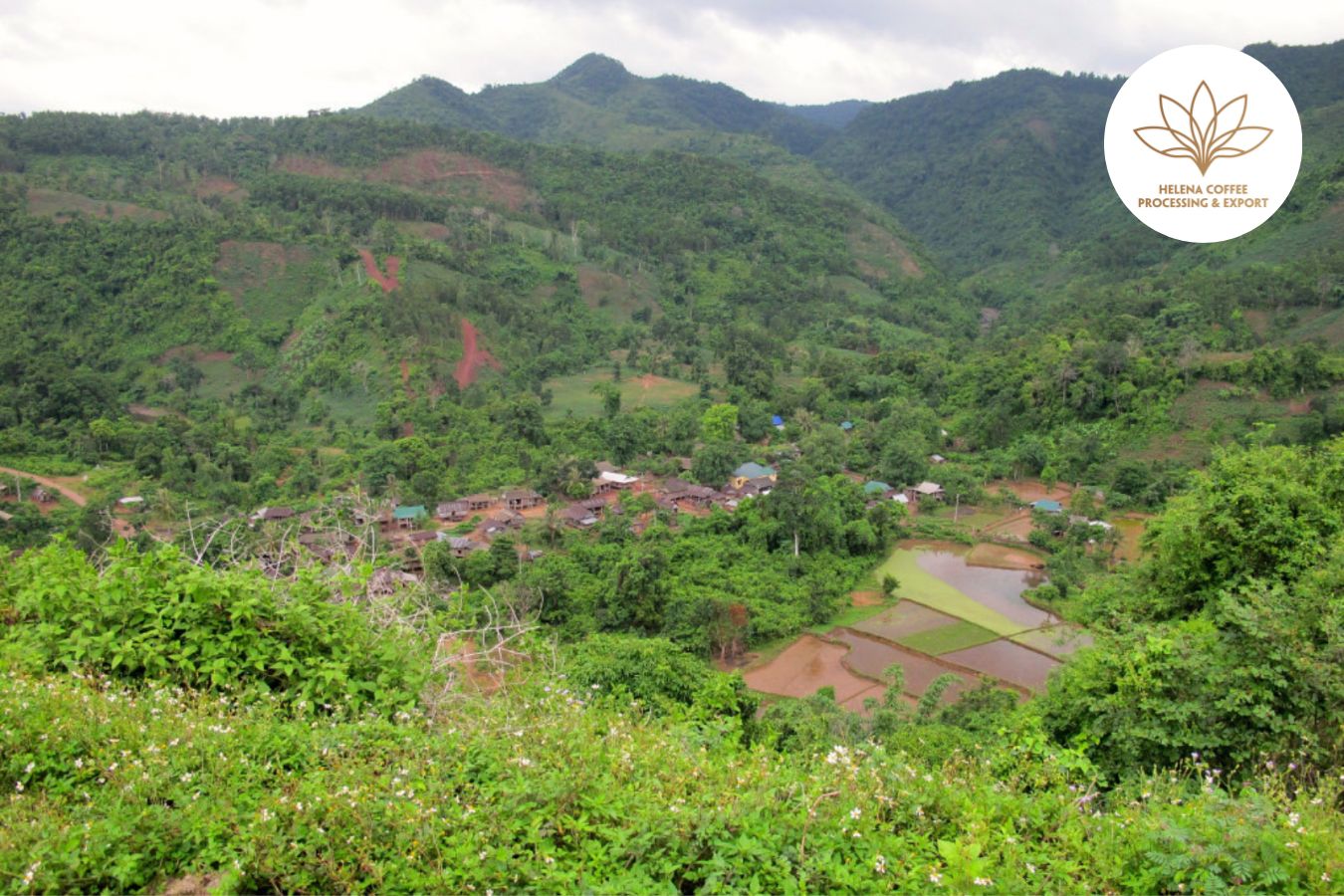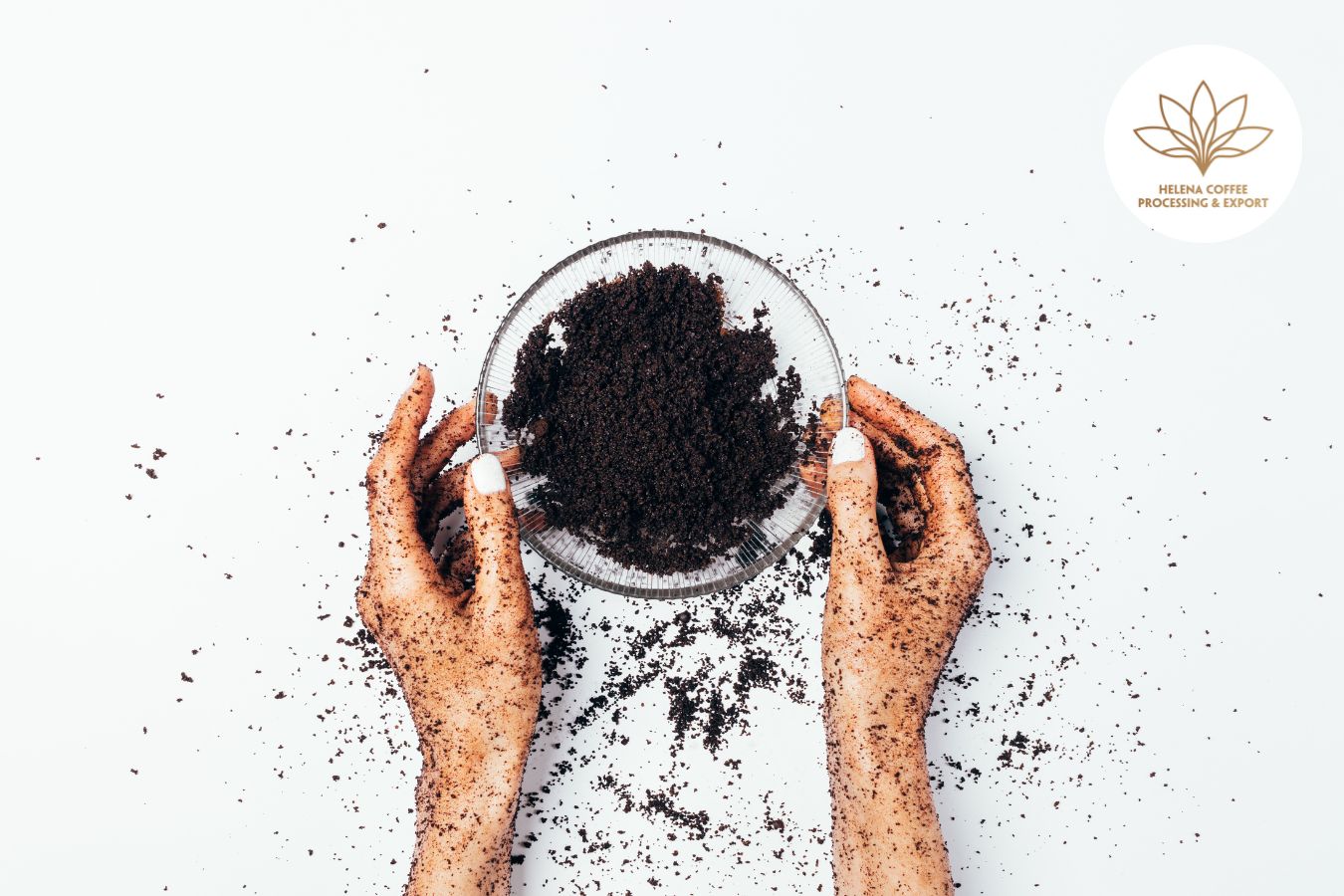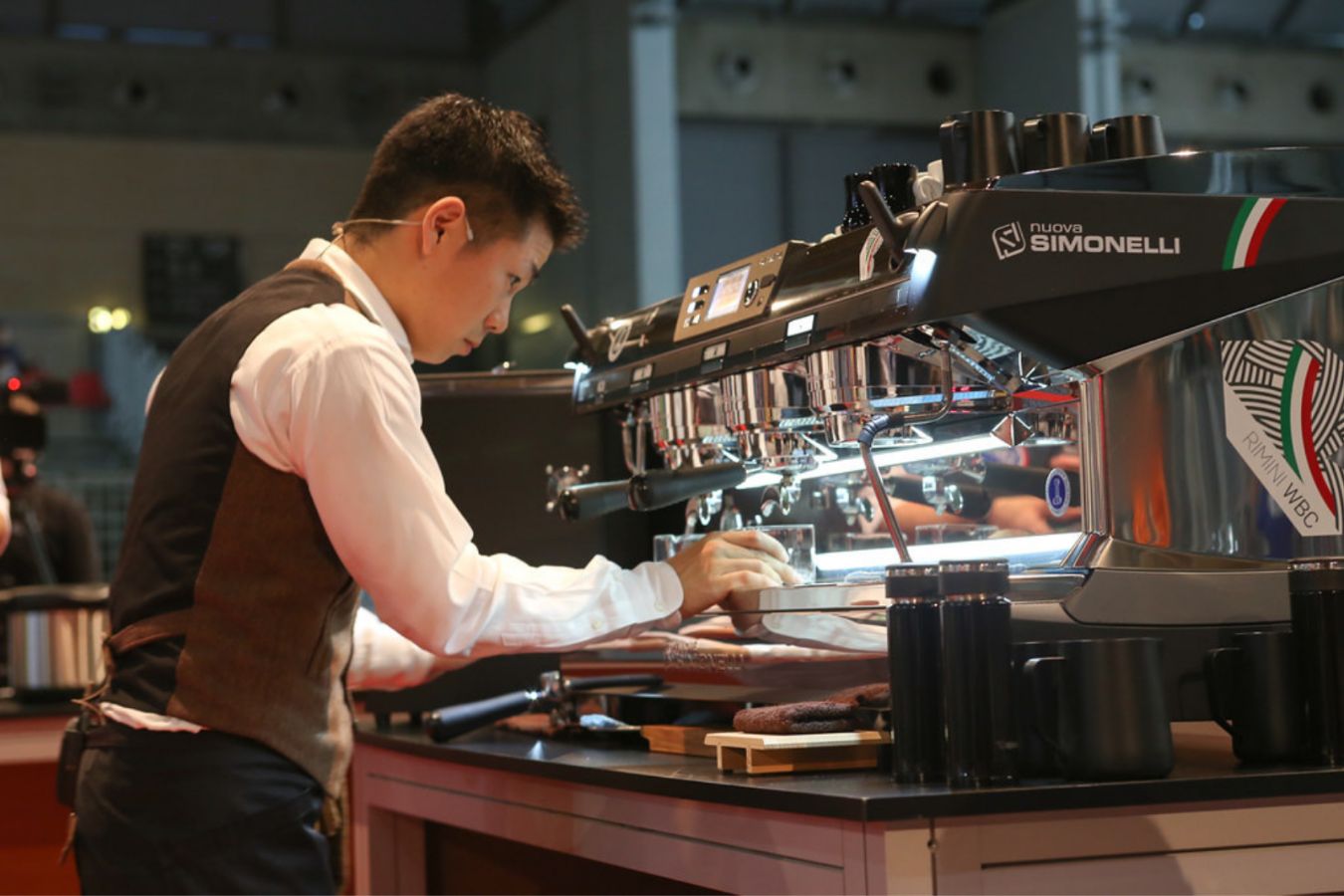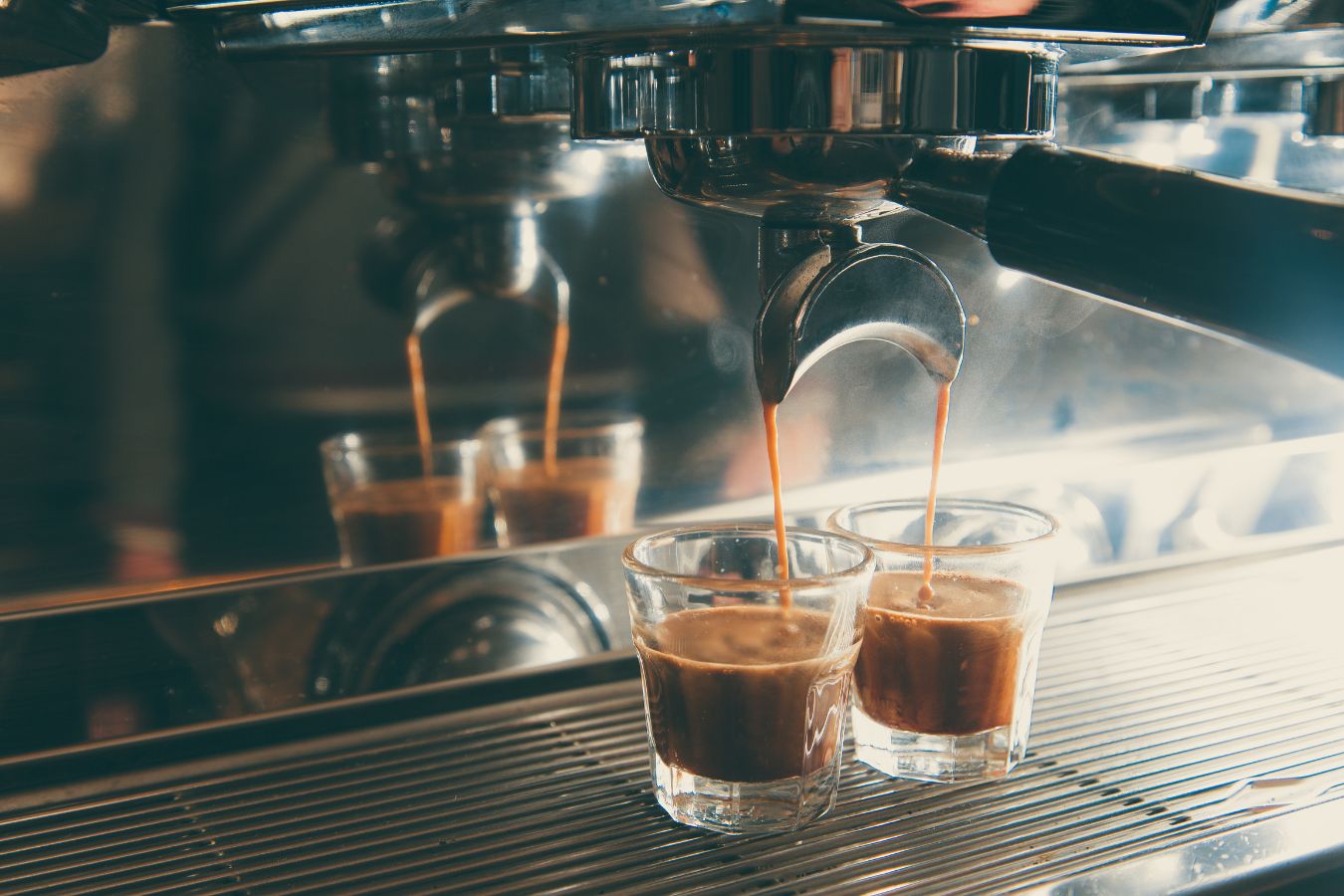 Espresso
Espresso Pressure – The Key To Espresso
Pressure – The Key To Espresso: Centuries of continuous improvement in espresso machines have been focused on two factors: increased pressure and equalization of dispensing temperature. This core factor distinguishes Espresso from other dispensing techniques, particularly stress.Although it seems complicated, with technological advances, mastering pressure is becoming easier and more accessible for a barista, even an amateur coffee lover.
Espresso machine dispensing pressure
For the most part, baristas starting with essential Espresso, know the extraction pressure is 9 bar. And to achieve these …

